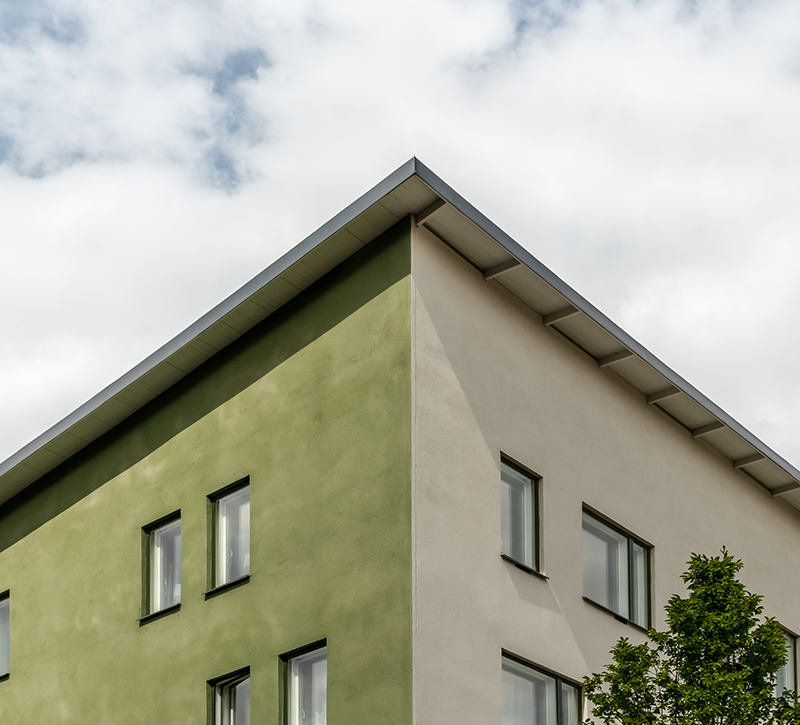
Flat Roof Drip Edge: What It Is and Why It's Important

Flat roofs are a popular choice for commercial and residential buildings alike, but they require proper maintenance and installation to function effectively. One of the most critical components of a flat roof is the drip edge, which serves several essential functions.
What is a Flat Roof Drip Edge?
A drip edge is a metal flashing that is installed along the edges of a flat roof. It is typically made of aluminum or steel and is installed on the perimeter of the roof to prevent water from seeping into the building. The drip edge extends beyond the edge of the roof and directs water away from the building's walls.
Why is a Flat Roof Drip Edge Important?
There are several reasons why a drip edge is crucial for a flat roof. First, it prevents water from penetrating the roof's edge, which can cause significant damage to the roof and the building's interior. Water infiltration can lead to mold growth, rotting wood and damage to the ceiling and walls.
Additionally, a drip edge helps to direct water away from the building's foundation, preventing water damage and erosion. It also helps to prevent water from pooling on the roof, which can cause the roof to sag and eventually collapse.
Finally, a properly installed drip edge can add to the aesthetic appeal of a building. It creates a clean, finished look along the roof's edge and can complement the overall design of the building.
How to Install a Flat Roof Drip Edge
Proper installation of a flat roof drip edge is critical to ensuring that it functions effectively. Here are the basic steps involved in installing a drip edge:
- Begin by removing any old drip edge and cleaning the roof's edge thoroughly.
- Install an ice and water shield along the roof's edge to create a watertight seal.
- Cut the drip edge to the correct length and bend it into the desired shape.
- Install the drip edge along the roof's edge, ensuring that it extends beyond the edge of the roof.
- Secure the drip edge using roofing nails or screws, spacing them approximately 12-18 inches apart.
- Install the roof covering over the drip edge, overlapping it by at least two inches.
A flat roof drip edge is an essential component of a flat roof, protecting the building from water damage and providing a finished look. If you are considering a flat roof installation or need to replace an old drip edge, it's crucial to hire a professional roofing contractor with experience in installing flat roofs. A professional will ensure that the drip edge is installed correctly, providing long-lasting protection for your building.

 Rated Excellent
Rated Excellent